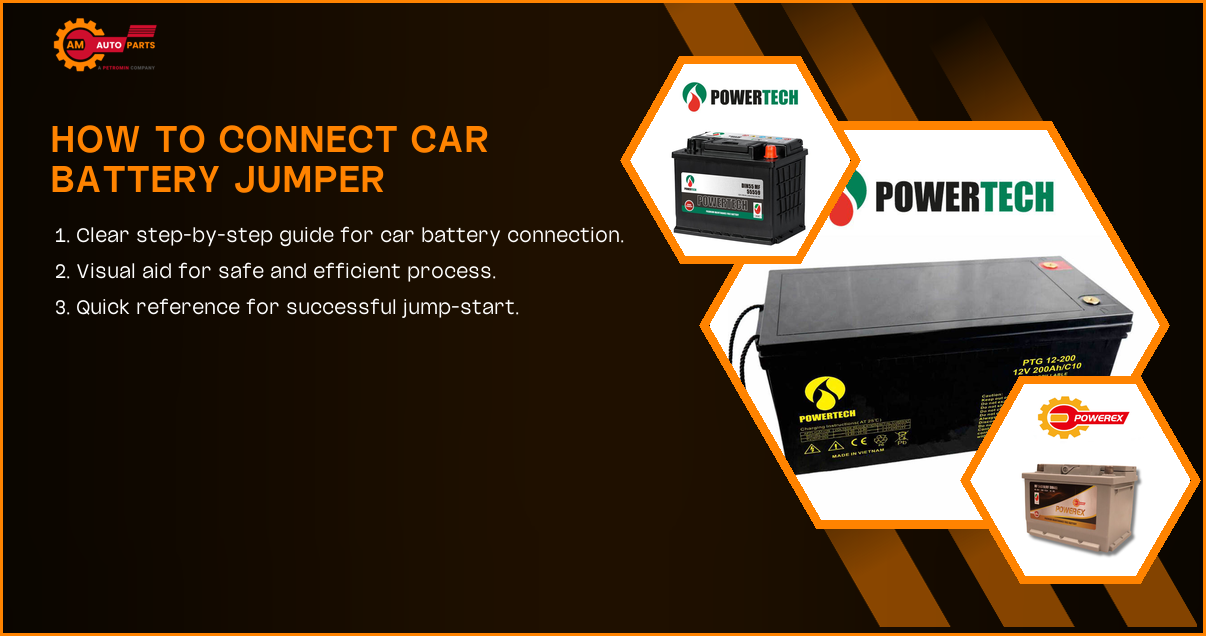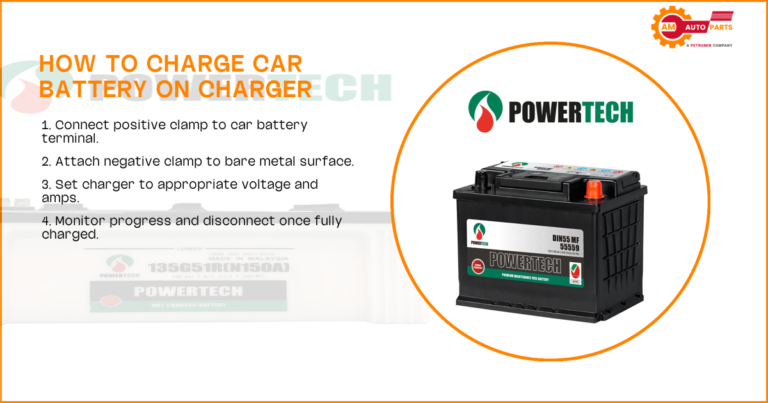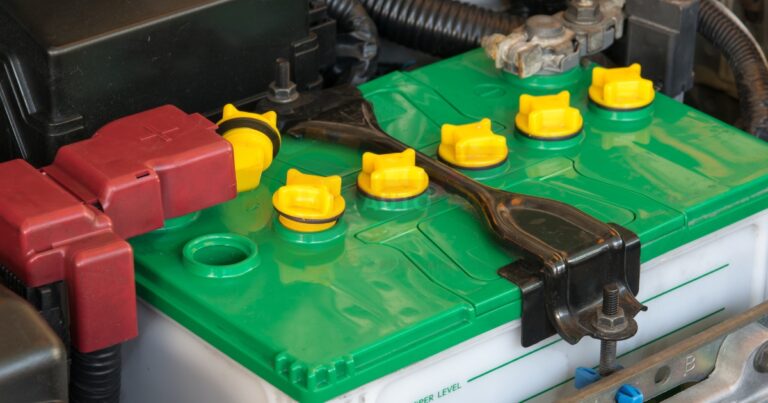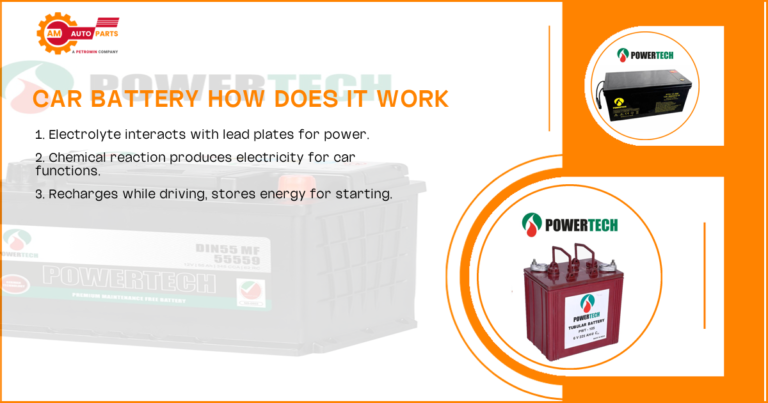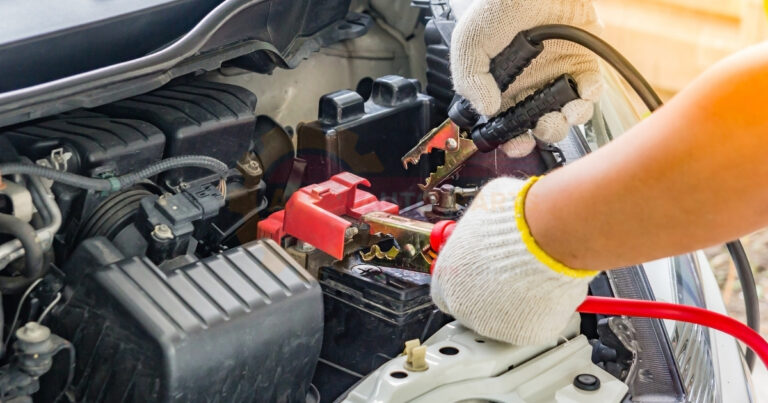How to Connect Car Battery Jumper
Jumpstarting a car battery is a crucial skill for any driver. Whether you’re stranded in a parking lot or helping a friend, knowing how to connect car battery jumper cables can save the day. This guide will walk you through the process, ensuring you do it safely and effectively.
Essential Items for Jumpstarting a Car Battery
Before you begin, gather the necessary tools to ensure a smooth jumpstart. Having the right equipment is essential for a successful and safe operation.
Jumper Cables
Jumper cables are the lifeline between a dead battery and a working one. They are thick, insulated wires with alligator clips on each end. The cables should be long enough to reach between the two vehicles and have a gauge rating suitable for your car’s battery.
- Length : At least 10-20 feet
- Gauge : 4 to 6 gauge for most vehicles
- Clips : Strong, insulated alligator clips
Safety Gloves
Safety gloves protect your hands from potential sparks and battery acid. They are an essential safety measure when handling car batteries, which can leak corrosive acid.
- Material : Rubber or latex
- Fit : Snug but comfortable
- Purpose : Protects against acid and sparks
Working Vehicle
A working vehicle with a charged battery is necessary to jumpstart the dead car. Ensure the vehicle is in good condition and has a compatible battery.
- Battery Compatibility : Similar voltage
- Condition : Fully charged and functional
- Positioning : Close enough for cable reach
Step-by-Step Guide to Connecting Car Battery Jumper Cables
Jumpstarting a car involves several steps. Follow this guide to ensure a safe and effective process.
Safety Precautions
Safety should always be your top priority. Before you start, make sure both vehicles are turned off, and the keys are removed from the ignition.
- Turn Off Engines : Both vehicles should be off
- Remove Keys : Prevent accidental starts
- Check for Leaks : Ensure no battery acid is leaking
Positioning the Vehicles
Position the vehicles close enough for the jumper cables to reach both batteries, but ensure they do not touch each other.
- Distance : Close but not touching
- Alignment : Side by side or front to front
- Parking Brake : Engage in both vehicles
Identifying Battery Terminals
Identify the positive and negative terminals on both batteries. The positive terminal is usually marked with a “+” sign and may have a red cover, while the negative terminal is marked with a “-” sign.
- Positive Terminal : “+” sign, often red
- Negative Terminal : “-” sign, often black
- Clean Terminals : Remove any corrosion
Proper Cable Connection Sequence
Connecting the cables in the correct order is crucial to avoid sparks and potential damage. Follow this sequence:
- Connect one red clamp to the positive terminal of the dead battery.
- Connect the other red clamp to the positive terminal of the working battery.
- Connect one black clamp to the negative terminal of the working battery.
- Connect the other black clamp to an unpainted metal surface on the dead car, away from the battery.
- Red to Positive : Dead battery first
- Black to Negative : Working battery first
- Ground Connection : Unpainted metal surface
Starting the Working Vehicle
Start the engine of the working vehicle and let it run for a few minutes. This allows the dead battery to charge slightly before attempting to start the dead car.
- Idle Time : 5-10 minutes
- Engine Running : Keep it running
- Monitor : Check for unusual noises
Attempting to Start the Dead Car
After allowing the dead battery to charge, try starting the dead car. If it doesn’t start immediately, wait a few more minutes and try again.
- First Attempt : Turn the key gently
- Wait Time : Additional 5 minutes if needed
- Success : Remove cables in reverse order
Common Mistakes When Using Car Battery Jumper Cables
Avoiding common mistakes can prevent damage to your vehicle and ensure a successful jumpstart.
Incorrect Cable Connections
Connecting the cables incorrectly can cause sparks, damage the battery, or even lead to an explosion. Always double-check the connections before starting.
- Double-Check : Ensure correct terminal connections
- Avoid Reversals : Red to positive, black to negative
- Check Twice : Before starting the engine
Touching Cable Clamps Together
Accidentally touching the cable clamps together can create a dangerous spark. Always handle the clamps carefully and keep them separate.
- Handle with Care : Keep clamps apart
- Avoid Sparks : Never let clamps touch
- Secure Connections : Ensure firm attachment
Attempting to Jumpstart a Frozen Battery
A frozen battery can explode if jumpstarted. If you suspect the battery is frozen, do not attempt to jumpstart it. Instead, let it thaw naturally.
- Check Temperature : Avoid jumpstarting in freezing conditions
- Inspect Battery : Look for bulges or cracks
- Thaw First : Allow battery to warm up
Alternatives to Traditional Jumper Cables
If traditional jumper cables are not available, consider these alternatives for jumpstarting your car.
Portable Jump Starters
Portable jump starters are compact devices that can jumpstart a car without another vehicle. They are easy to use and can be a lifesaver in emergencies.
- Compact Size : Easy to store
- Built-in Battery : No need for another car
- User-Friendly : Simple operation
Battery Boosters
Battery boosters are similar to portable jump starters but often come with additional features like air compressors and USB ports.
- Multi-Function : Additional features
- Convenient : All-in-one device
- Versatile : Suitable for various needs
Jump Boxes
Jump boxes are larger, more powerful versions of portable jump starters. They are ideal for larger vehicles or frequent use.
- High Power : Suitable for larger vehicles
- Durable : Built for frequent use
- Reliable : Consistent performance
Maintaining Your Car Battery to Prevent Jumpstarting Needs
Regular maintenance can extend your battery’s life and reduce the need for jumpstarting.
Regular Battery Checks
Regularly checking your battery’s condition can help identify potential issues before they become serious problems.
- Visual Inspection : Look for corrosion or damage
- Voltage Test : Use a multimeter
- Routine Maintenance : Schedule regular checks
Proper Charging Habits
Proper charging habits can prolong your battery’s lifespan. Avoid short trips that don’t allow the battery to fully charge.
- Long Drives : Allow battery to charge fully
- Avoid Draining : Turn off lights and electronics
- Use Chargers : Maintain charge when not in use
Addressing Corrosion Issues
Corrosion can affect battery performance. Regularly clean the terminals to prevent buildup.
- Clean Terminals : Use a wire brush
- Apply Grease : Prevent future corrosion
- Inspect Regularly : Check for buildup
Safety Considerations When Connecting Car Battery Jumper Cables
Safety is paramount when dealing with car batteries. Follow these guidelines to ensure a safe jumpstart.
Protective Eyewear
Wearing protective eyewear can prevent eye injuries from sparks or battery acid. It’s a simple but effective safety measure.
- Eye Protection : Prevents injuries
- Comfortable Fit : Ensure clear vision
- Essential Gear : Always wear when jumpstarting
Avoiding Sparks
Sparks can be dangerous when jumpstarting a car. Ensure all connections are secure and avoid touching clamps together.
- Secure Connections : Prevents sparks
- Handle Carefully : Avoid accidental contact
- Check Twice : Before starting the engine
Proper Cable Handling
Proper handling of jumper cables is crucial to avoid accidents. Always hold the cables by the insulated parts and keep them away from moving engine parts.
- Insulated Grip : Hold by insulated areas
- Avoid Moving Parts : Keep cables clear
- Store Safely : Coil neatly after use
Troubleshooting When Car Battery Jumper Cables Don’t Work
If the jumpstart doesn’t work, consider these troubleshooting steps.
Checking for Loose Connections
Loose connections can prevent a successful jumpstart. Ensure all clamps are securely attached to the battery terminals.
- Tighten Clamps : Ensure firm attachment
- Recheck Connections : Double-check all points
- Secure Fit : Prevents disconnection
Inspecting for Battery Damage
A damaged battery may not hold a charge. Look for signs of physical damage or leaks.
- Visual Inspection : Check for cracks or bulges
- Leak Check : Look for acid leaks
- Replace if Needed : Consider a new battery
Considering Alternator Issues
If the battery is not the problem, the alternator may be faulty. A malfunctioning alternator won’t charge the battery properly. Battery drain causes Using your phone a lot and having many apps running in the background can make your battery run out faster Battery health percentage
Automotive electrical measurement helps check if car parts that use electricity are working right It uses special tools to test things like batteries wires and lights in vehicles Push start automobile Cars with
- Alternator Test : Use a multimeter
- Check Belt : Ensure it’s not loose or broken
- Seek Professional Help : If unsure
Environmental Impact of Car Battery Jumpstarting and Proper Disposal
Jumpstarting and disposing of car batteries have environmental implications. Proper practices can minimize negative impacts.
Recycling Old Batteries
Recycling old batteries is crucial for environmental protection. Most car batteries are recyclable, reducing waste and conserving resources.
- High Recyclability : 99% of lead-acid batteries
- Conserves Resources : Reduces raw material use
- Eco-Friendly : Minimizes waste
Eco-friendly Jumpstarting Alternatives
Consider eco-friendly alternatives to traditional jumpstarting methods. Portable jump starters and solar chargers are viable options.
- Solar Chargers : Use renewable energy
- Portable Devices : Reduce dependency on other vehicles
- Sustainable Options : Environmentally conscious
Reducing Battery Waste
Reducing battery waste involves proper disposal and recycling. Avoid disposing of batteries in landfills, as they contain harmful chemicals.
- Proper Disposal : Use designated recycling centers
- Avoid Landfills : Prevent environmental harm
- Promote Recycling : Encourage sustainable practices
FAQ’s
How often should you replace your car battery?
Car batteries typically last 3-5 years. However, factors like climate, driving habits, and maintenance can affect their lifespan. Regular testing and maintenance can help determine when a replacement is needed.
Can you jumpstart a car in the rain?
Yes, you can jumpstart a car in the rain, but extra caution is needed. Ensure the cables and connections remain dry to prevent electrical shorts. Use an umbrella or other cover to shield the battery area from rain.
How long should I let my car run after a jump start?
After a successful jump start, let your car run for at least 30 minutes. This allows the alternator to recharge the battery fully. Driving the car is preferable to idling, as it charges the battery more effectively.
